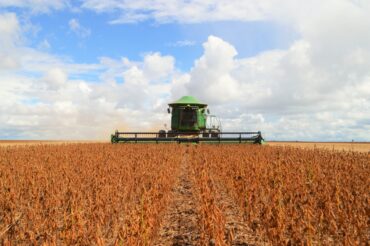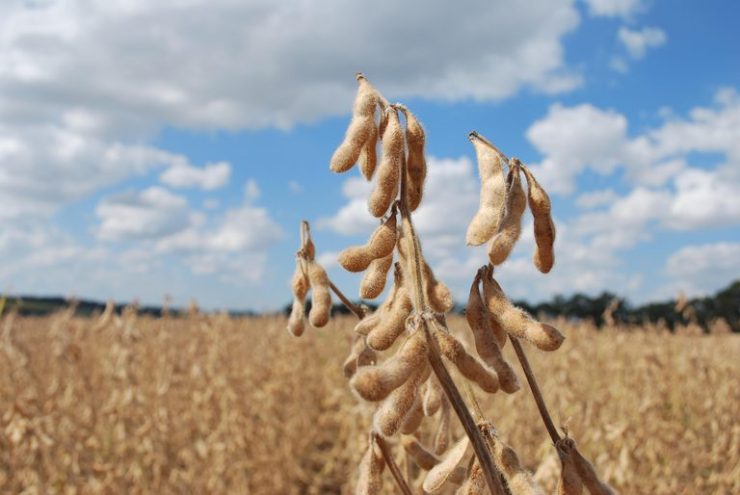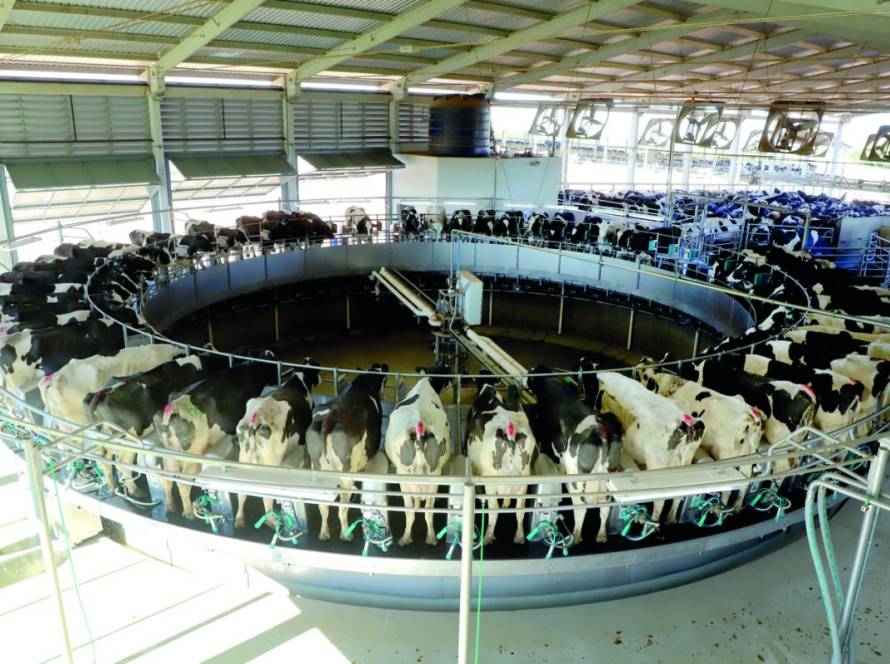The button broom (Borreria spinosa) is a weed that has become a problem in crops in Mato Grosso and the Matopiba region (Maranhão, Tocantins, Piauí, and Bahia). Its biological characteristics make it difficult to control, contributing to rapid infestation. A study conducted by researchers from Embrapa Agrosilvopastoril (MT), Mato Grosso State University (Unemat), the Federal University of Mato Grosso (UFMT), and the Federal Institute of Mato Grosso (IFMT) provided recommendations for managing the species in soybean and corn production systems.
It's very common to see button broom plants on roadsides and crop margins. When mature, control is even more difficult, and the lack of control allows the formation of seeds that can be dispersed throughout the field by agricultural machinery. With a woody tuber-like root, the plants store enough water and nutrients to survive the dry season, beginning to sprout again with the first rains.
Early control is important
"B. spinosa is a difficult species to control, especially when it reaches adulthood. Therefore, control should begin as soon as plants are observed on roadsides and in fields to prevent them from spreading into the field. To achieve this, in addition to pre-sowing desiccation, it would also be possible to combine post-emergence management of adult plants in soybean and corn crops at the edges of fields," explains Embrapa researcher Fernanda Ikeda.
 Post-emergence management of adult weeds is not a commonly used control option, but given the characteristics of button broom, the researcher recommends using this strategy, especially when the infestation is localized at the edges of the crop.
Post-emergence management of adult weeds is not a commonly used control option, but given the characteristics of button broom, the researcher recommends using this strategy, especially when the infestation is localized at the edges of the crop.
Practices already recommended for weed control, such as rotation of action mechanisms and cultural control, with the inclusion of forage plants in the production system, such as the intercropping of corn with brachiaria, for example, are also part of the strategy to minimize the problem with the invasive species.
A publication released by Embrapa and available for free download provides detailed recommendations for herbicides to be used alone or in combination in different positions. The study presents several scenarios that can help agronomic consultants and rural producers identify situations that best resemble those they experience in the field.
Species confusion
One of the reasons for the difficulty in controlling button broom is the species' misidentification by both farmers and researchers. The species Borreria verticillata and Borreria spinosa have similar characteristics and are commonly confused. There are also the species Mitracarpus hirtus and Borreria latifolia, also belonging to the Rubiaceae family, which can increase the confusion. This identification difficulty may have resulted in studies considering one species when, in practice, another was being evaluated. This may explain controversial results found in the literature.
In this study, coordinated by Embrapa Agrosilvopastoril, plants were photographed and collected for herborization and exsiccated specimens for deposit in the UFMT/Sinop herbarium. Exsiccated specimens are pressed, oven-dried plant samples placed on cardboard with appropriate identification labels for botanical study.
 Using photos, two taxonomists specialized in the Rubiaceae family, to which the species belongs, identified it as Borreria verticillata, however, taxonomist Laila Mabel Miguel, from the Universidad Nacional del Nordeste, in Corrientes, Argentina, a specialist in the genus of plants, identified and justified, through the characteristics that distinguish the species, that they were specimens of Borreria spinosa.
Using photos, two taxonomists specialized in the Rubiaceae family, to which the species belongs, identified it as Borreria verticillata, however, taxonomist Laila Mabel Miguel, from the Universidad Nacional del Nordeste, in Corrientes, Argentina, a specialist in the genus of plants, identified and justified, through the characteristics that distinguish the species, that they were specimens of Borreria spinosa.
Ikeda explains that similar situations have occurred with other weed species, including horseweed, black beggar, and others. She believes this situation necessitates a review of herbicide labeling. According to the expert, it's possible that registrations for Borreria verticillata were based on tests with Borreria spinosa. Currently, there are no herbicides registered for B. spinosa in the MAPA, only for B. verticilata.





